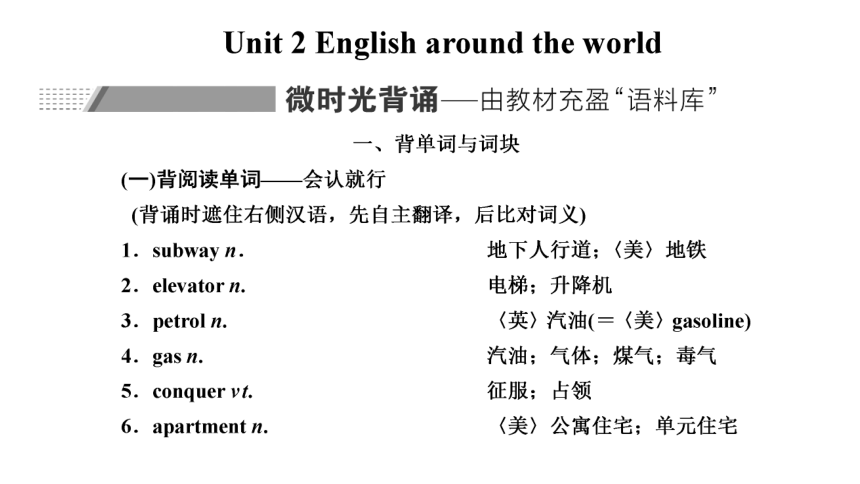(
课件网) 背写作佳句 ①(2021·浙江6月高考)In the past few years, an increasing number of people and organizations have begun coming up with plans to counter this trend.在过去的几年里,越来越多的人和组织开始提出计划来抵制这种倾向。 ②(2021·全国乙卷)But I recently came across a study that shows why his approach works. 但我最近看到的一项研究表明了为什么他的方法有效。 学案(三) 高考语篇的价值发掘———提升学科素养 2018·全国卷Ⅰ·阅读理解C篇———对接课标主题:语言学习的规律、方法等 Languages have been coming and going for thousands of years, but in recent times there has been less coming and a lot more going. When the world was still populated by hunter-gatherers, small, tightly knit (联系) groups developed their own patterns of speech independent of each other. Some language experts believe that 10,000 years ago, when the world had just five to ten million people, they spoke perhaps 12,000 languages between them. Soon afterwards, many of those people started settling down to become farmers, and their languages too became more settled and fewer in number. In recent centuries, trade, industrialisation, the development of the nation-state and the spread of universal compulsory education, especially globalisation and better communications in the past few decades, all have caused many languages to disappear, and dominant languages such as English, Spanish and Chinese are increasingly taking over. At present, the world has about 6,800 languages. The distribution of these languages is hugely uneven. The general rule is that mild zones have relatively few languages, often spoken by many people, while hot, wet zones have lots, often spoken by small numbers. Europe has only around 200 languages; the Americas about 1,000; Africa 2,400; and Asia and the Pacific perhaps 3,200, of which Papua New Guinea alone accounts for well over 800. The median number (中位数) of speakers is a mere 6,000, which means that half the world's languages are spoken by fewer people than that. Already well over 400 of the total of 6,800 languages are close to extinction (消亡), with only a few elderly speakers left. Pick, at random, Busuu in Cameroon (eight remaining speakers), Chiapaneco in Mexico (150), Lipan Apache in the United States (two or three) or Wadjigu in Australia (one, with a question-mark): none of these seems to have much chance of survival. ?好题不厌百回做,每做一次都有新发现 语篇解读:本文是一篇说明文。文章介绍了世界上语言多样性的发展变化以及现在很多语言面临消亡的威胁这一现象。 1.What can we infer about languages in hunter-gatherer times A.They developed very fast. B.They were large in number. C.They had similar patterns. D.They were closely connected. 解析:推理判断题。根据第一段最后一句可知,一些语言专家认为,一万年前,当世界上只有 500万到 1 000万人时,他们之间可能说12 000种语言。由此可推断,狩猎时代的语言种类很多。 答案:B 2. Which of the following best explains “dominant” underlined in paragraph 2 ... ...

